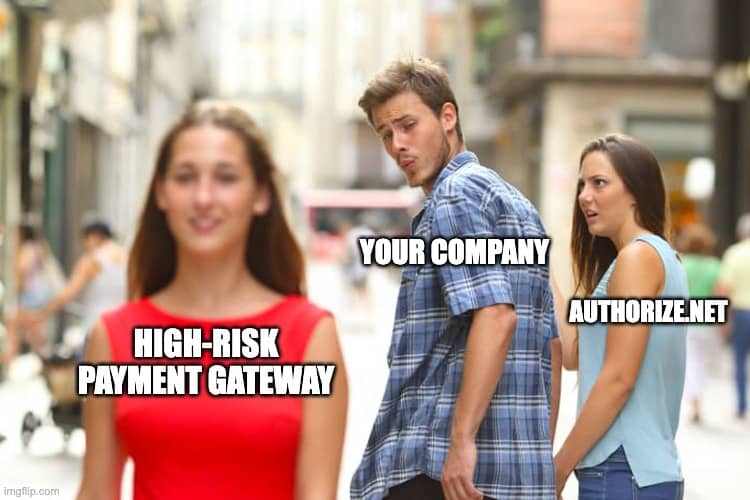ACH Reason Codes: R12 Brand Sold to Another DFI

When it comes to [Automated Clearing House (ACH) transactions, understanding ACH reason codes is essential for banks, financial institutions, and businesses. If you work in the financial industry, you must have heard about ACH reason code R12. This code often appears when a branch is sold to another depository financial institution (DFI). But what exactly does it mean, and how do you handle it? In this blog article, let’s unravel the mystery behind ACH reason code R12 and understand its significance.
Table of Contents
- Introduction to ACH Reason Code R12
- What is a DFI?
- What Does it Mean When a Branch is Sold to Another DFI?
- The Process of Branches Changing Ownership
- How Does ACH Reason Code R12 Factor Into This Process?
- The Significance of ACH Reason Code R12
- Best Practices for Handling ACH Reason Code R12
- Common Challenges Associated With ACH Reason Code R12
- How to Avoid ACH Reason Code R12-Related Errors
- Conclusion
Introduction to ACH Reason Code R12
ACH reason codes are special codes used to explain the reason for certain ACH transactions. They are provided by the National Automated Clearing House Association (NACHA) and are essential for financial institutions to understand the status of ACH payments.
There are many ACH reason codes, each with a different purpose. ACH reason code R12 is one of the essential codes as it indicates when a branch has been sold to another DFI. This code is necessary for banks and financial institutions to understand the status of the branch and the process of transferring ownership.
What is a DFI?
A depository financial institution (DFI) is a financial institution that takes deposits from the general public. It is regulated by the government and is responsible for providing services like deposits, payments, and lending. Common DFIs include banks, credit unions, and savings and loan associations.
What Does it Mean When a Branch is Sold to Another DFI?
When a branch is sold to another DFI, it means that the ownership of the branch is transferred from one DFI to another. This process is known as “branching,” It is often done when a DFI is looking to expand its services or when a DFI needs to merge with another DFI.
Transferring ownership is quite complex when a branch is sold to another DFI. It involves several steps, including moving the assets and liabilities of the branch, sharing customer accounts, and ensuring the branch complies with all applicable laws and regulations.
The Process of Branches Changing Ownership
Transferring ownership is quite complex when a branch is sold to another DFI. It involves several steps, including moving the assets and liabilities of the department, transferring customer accounts, and ensuring the branch complies with all applicable laws and regulations.
The first step in the process is to create a plan of action. This plan should include the details of the transfer, such as the date of the transfer, the amount of money involved, and the procedures for transferring customer accounts.
Once the plan is in place, the next step is to transfer the assets and liabilities of the branch to the new DFI. This process involves sharing the branch’s assets, such as cash, investments, and securities, as well as all of its liabilities, such as loans and deposits.
The next step is transferring customer accounts from the old DFI to the new one. This process involves moving all of the customer’s information, such as their name, address, and account number, and any assets and liabilities held in their account.
The final step is ensuring that the branch complies with all applicable laws and regulations. This includes ensuring that the branch’s policies and procedures are up to date and that the branch is following all of the necessary rules and regulations.
How Does ACH Reason Code R12 Factor Into This Process?
When a branch is sold to another DFI, the process of transferring ownership is facilitated by ACH reason code R12. This code indicates that the branch has been sold to another DFI and that the process of transferring ownership is underway.
ACH reason code R12 is essential for banks and financial institutions to understand the status of the branch and the process of transferring ownership. It also helps ensure that any payments or deposits made to or from the branch are processed correctly.
The Significance of ACH Reason Code R12
ACH reason code R12 is essential for banks and financial institutions to understand. It helps them know the status of the branch and the process of transferring ownership. It also helps ensure that any payments or deposits made to or from the branch are processed correctly.
In addition, ACH reason code R12 can help banks and financial institutions avoid costly errors. For example, if a branch is sold to another DFI and the ACH reason code R12 is not correctly applied, the payment or deposit could be rejected or delayed.
Best Practices for Handling ACH Reason Code R12
There are a few best practices for handling ACH reason code R12. First, banks and financial institutions should ensure that they have a plan of action before transferring ownership of a branch. This plan should include the details of the transfer, such as the date of the transfer, the amount of money involved, and the procedures for transferring customer accounts.
Second, banks and financial institutions should ensure that the ACH reason code R12 is correctly applied when transferring ownership of a branch. This is essential for ensuring that the payment or deposit is processed correctly.
Third, banks and financial institutions should ensure that the branch complies with all applicable laws and regulations. This includes ensuring that the branch’s policies and procedures are up to date and that the branch is following all of the necessary rules and regulations.
Common Challenges Associated With ACH Reason Code R12
There are a few common challenges associated with ACH reason code R12. First, banks and financial institutions may need a plan of action before transferring ownership of a branch. This can lead to costly errors and delays in processing the payment or deposit.
Second, banks and financial institutions may need to correctly apply the ACH reason code R12. This can also lead to costly errors and delays in processing the payment or deposit.
Third, banks and financial institutions may only ensure that the branch complies with some applicable laws and regulations. This can lead to costly errors and delays in processing the payment or deposit.
How to Avoid ACH Reason Code R12-Related Errors
There are a few steps banks and financial institutions can take to avoid ACH reason code R12-related errors. First, they should ensure that they have a plan of action before transferring ownership of a branch. This plan should include the details of the transfer, such as the date of the transfer, the amount of money involved, and the procedures for transferring customer accounts.
Second, they should ensure that the ACH reason code R12 is correctly applied when transferring ownership of a branch. This is essential for ensuring that the payment or deposit is processed correctly.
Third, they should ensure that the branch complies with all applicable laws and regulations. This includes ensuring that the branch’s policies and procedures are up to date and that the branch is following all of the necessary rules and regulations.
Conclusion
Understanding ACH reason code R12 is essential for banks, financial institutions, and businesses. ACH reason code R12 indicates when a branch has been sold to another DFI and is critical for banks and financial institutions to understand the status of the branch and the process of transferring ownership.
In addition, ACH reason code R12 helps banks and financial institutions avoid costly errors. To avoid these errors, banks and financial institutions should ensure that they have a plan of action in place before transferring the ownership of a branch, that the ACH reason code R12 is correctly applied when transferring the right of a branch, and that the branch is compliant with all applicable laws and regulations.
As you can see, ACH reason code R12 is a necessary code that helps banks, financial institutions, and businesses understand the status of a branch and the process of transferring ownership. With the proper knowledge and best practices, you can ensure that your transactions run smoothly without any errors or delays.
Want more information on how we can help your business thrive and integrate your payment processing with an ACH gateway? Contact us today, and learn more about what Zenti can offer you.
Read Next

Find out whether Authorize.Net works for high risk merchants, what restrictions you might face and how to get approved.

Get expert advice on selling CBD products on Shopify, including compliance tips and setting up secure payment options.

Find out why Square may deactivate merchant accounts and steps to resolve issues and maintain uninterrupted payment services.
Need a High-Risk Merchant Account?
Disruption-free payment processing at the best price for your situation, guaranteed.
Get Free Guidance Now!